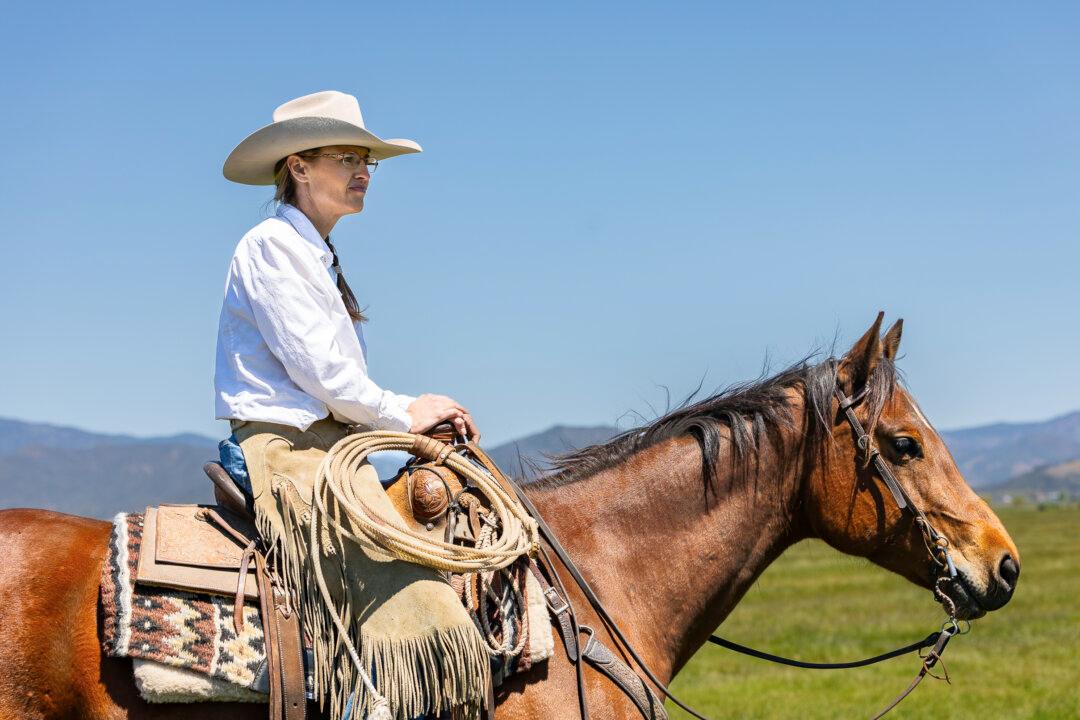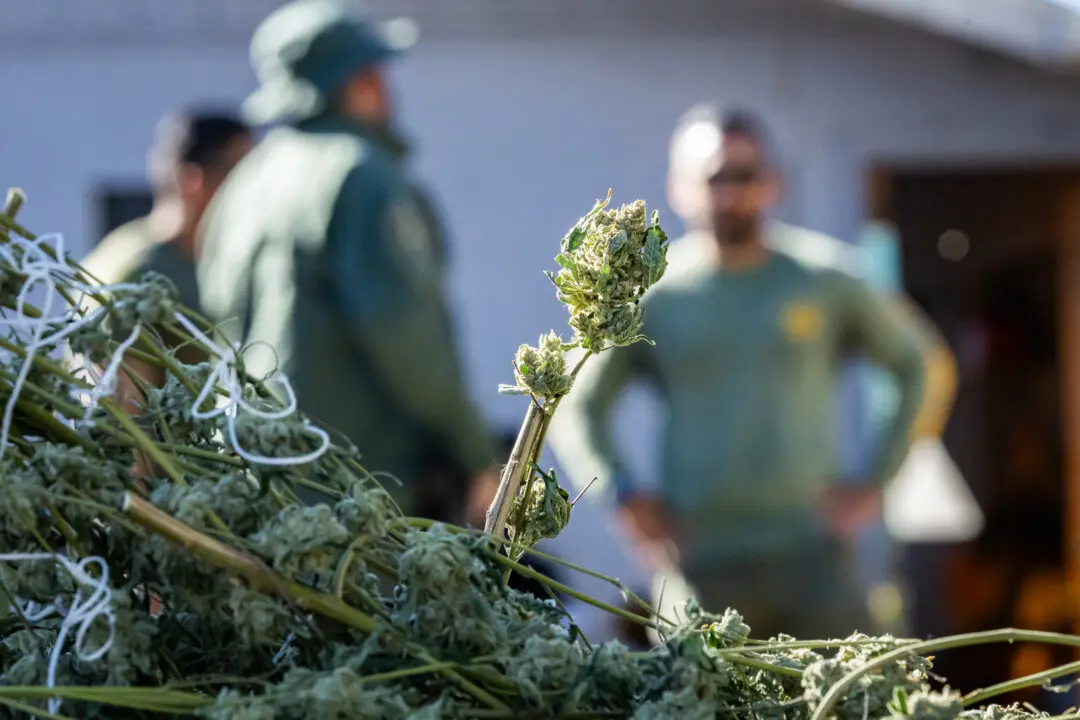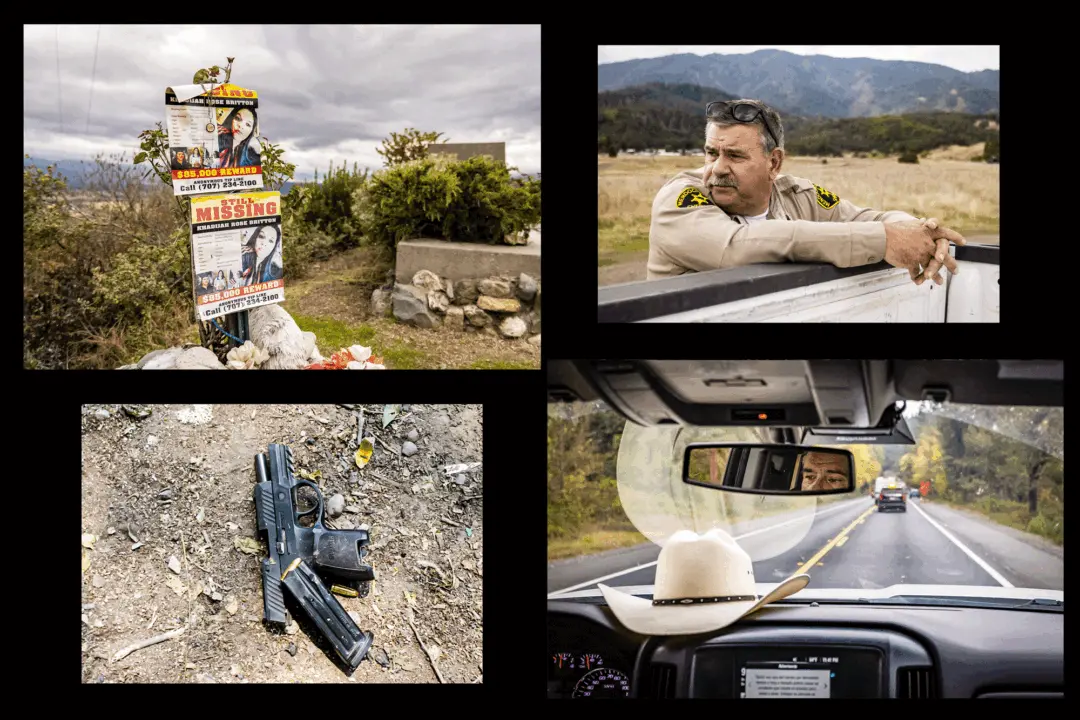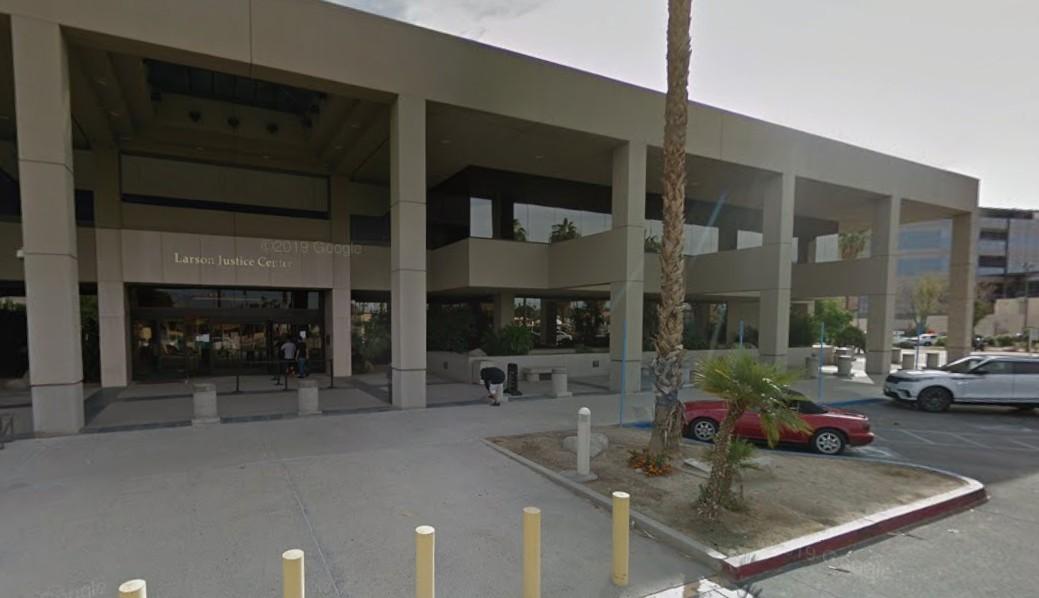SISKIYOU COUNTY—At their ranch in Scott Valley, about 40 miles from the Oregon border—Theodora and Dave Johnson saddle up their horses to drive their cattle herd to a fresh pasture. As sixth-generation ranchers, they enjoy their way of life, but like other ranchers, they’re worried that state-imposed water restrictions for livestock and irrigation could threaten their livelihood.
The California State Water Resources Control Board issued two orders, effective July 25, restricting surface and groundwater diversions for agricultural use in the Scott River watershed.





